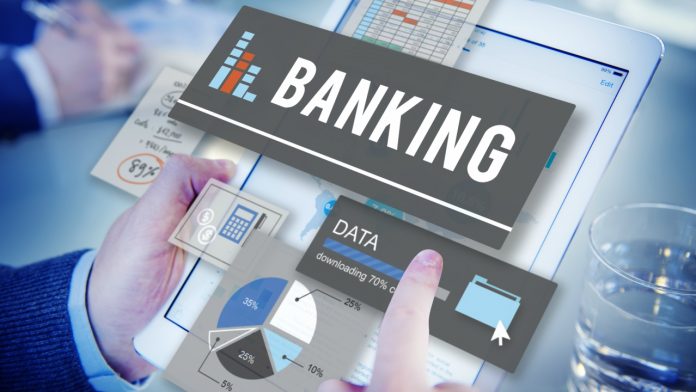The government and the Reserve Bank of India need to share the cost with banks related to keeping UPI infrastructure as it reduces the demand for cash and facilitates in curbing expenditure on printing and managing currency notes, in step with a record prepared from IIT-Bombay.
Watching that about Rs 5,000 crore is spent annually on printing cash alone and even extra on dealing with it. The file said UPI as a digital payment platform will increase efficiency towards tax compliance and offers overall convenience for the public good. With the government’s vision of no direct or indirect rate on payments using UPI, the perfect sharing of cost burden by way of the government and the RBI is called for (with UPI being the simplest alternative to cash in this period of mobile phones). Presently, banks are bearing the cost of UPI transactions.
BHIM-UPI is powered with the aid of the National Payments Corporation of India (NPCI) that engineered to make it a large payment infrastructure of the country. NPCI has not put any business restrictions onto the banks for P2P (peer-to-peer) payments using BHIM-UPI other than years of ethical suasion to preserve the costs zero.
In this context, it can be noted that in the approved minutes of a meeting of banks with NPCI dated February 14, 2020, the UPI Steering Committee of NPCI concurred to restrict free P2P fund transfer transactions to 20 per month. However, NPCI does not explicitly imply in the said minutes that the banks charge past 20 P2P transactions in a month. Consequently, the decision to rate for UPI transactions is that of banks and not of NPCI.
While UPI is still in its infancy towards replacing cash, given its fast progress and future capacity, it deserves complete assist from the RBI, it stated. The document also added that like RBI provisions for the price of cash of their books of account, it should also provide for bearing the cost associated with managing the UPI infrastructure. It further said at the same time as banks have to contribute their bit for the payment system.
With the new law prohibiting banks and system to charge customers of the prescribed electronic modes of payment, we discover a persistent debate on MDR (merchant discount rate), a rate that merchants pay for accepting payments via digital means.
Although it is a fact that card-based merchant bills have worked well internationally on the principle of MDR, there is a need to be a bit cautious to use the same principle for the asset-lite UPI, which can substitute cash necessities. For the prevailing, without advocating anything on the MDR front for UPI, it may at maximum have a relook at the MDR issue surrounding debit cards.

